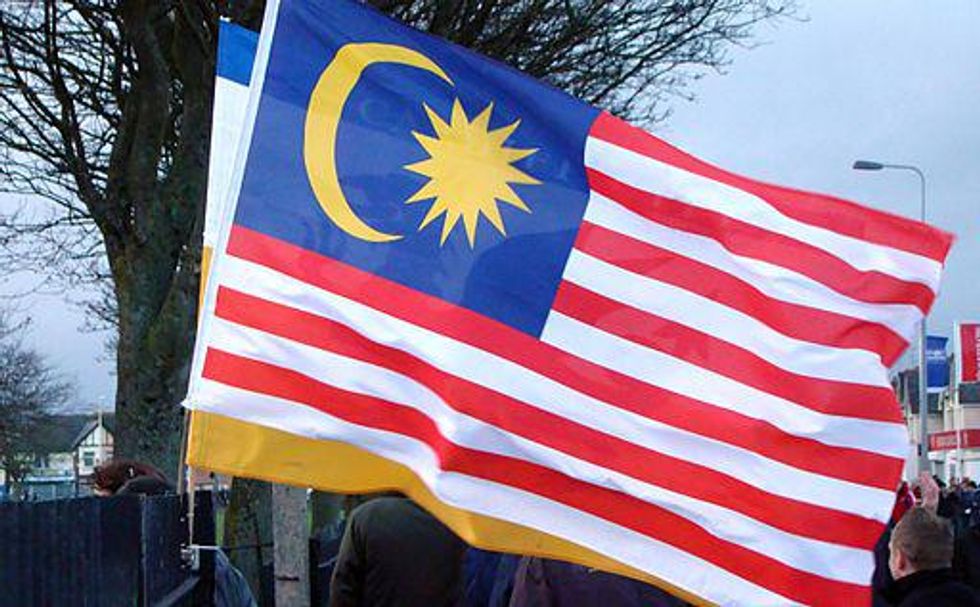- AustraliaNorth AmericaWorld
Investing News NetworkYour trusted source for investing success
Cyclone Metals
Lancaster Resources
Purpose Bitcoin ETF
Element79 Gold Corp.
- Lithium Outlook
- Oil and Gas Outlook
- Gold Outlook Report
- Uranium Outlook
- Rare Earths Outlook
- All Outlook Reports
- Top Generative AI Stocks
- Top EV Stocks
- Biggest AI Companies
- Biggest Blockchain Stocks
- Biggest Cryptocurrency-mining Stocks
- Biggest Cybersecurity Companies
- Biggest Robotics Companies
- Biggest Social Media Companies
- Biggest Technology ETFs
- Artificial Intellgience ETFs
- Robotics ETFs
- Canadian Cryptocurrency ETFs
- Artificial Intelligence Outlook
- EV Outlook
- Cleantech Outlook
- Crypto Outlook
- Tech Outlook
- All Market Outlook Reports
- Cannabis Weekly Round-Up
- Top Alzheimer's Treatment Stocks
- Top Biotech Stocks
- Top Plant-based Food Stocks
- Biggest Cannabis Stocks
- Biggest Pharma Stocks
- Longevity Stocks to Watch
- Psychedelics Stocks to Watch
- Top Cobalt Stocks
- Small Biotech ETFs to Watch
- Top Life Science ETFs
- Biggest Pharmaceutical ETFs
- Life Science Outlook
- Biotech Outlook
- Cannabis Outlook
- Pharma Outlook
- Psychedelics Outlook
- All Market Outlook Reports
The Australia-based rare earth miner projects that rare earth demand will grow at above-GDP rates over the medium term, driven by increases in demand from key sectors.
Australian rare earth miner Lynas Corporation (ASX:LYC) expects demand for rare earths to grow over the medium term, despite a steep fall in prices over the last quarter.
In its latest quarterly report, the company states that prices fell 13 percent in the first quarter of this year compared to the previous quarter, meaning that it achieved an average Mount Weld basket price of $37.22 per kilogram. The company ships concentrate from its Mount Weld mine in Australia to its refinery in Malaysia for processing.
It reported that a total of 15,593 dry metric tons (MT) of rare earth concentrate, representing 5,540 MT of rare earth oxides (REO), were bagged over the quarter at its concentration plant, which is located near the mine.
The company projects that rare earth demand will grow at above-GDP rates over the medium term, driven by increases in demand from key sectors, and that by the end of the decade there will be supply shortages in neodymium, praseodymium and lanthanum.
The miner noted it had $172 million of unrestricted cash on hand as of the end of March, as well as a $15.2-million research and development grant from the Australian Tax Office. Its net operating cash flow loss for the March quarter was reported at $15.8 million and $68.9 million year-to-date.
Plan for South Australian REE plant scrapped
Arafura Resources (ASX:ARU) will not build its proposed AU$1-billion processing plant at Whyalla in South Australia due to a challenging business environment. It confirmed in a press release that it will instead relocate the intermediate chemical processing plant nearer to its Nolans Bore mine site in Northern Territory. The company listed “increasing business costs, lower rare earths prices and continuing depressed capital markets” as the reasoning behind the decision.
“The upward pressure on costs and the recent softening in rare earth prices has created an environment which, at present, compromises the viability of the Nolans Project in its current configuration,” it states. “Relocating the intermediate chemical processing element of the project close to the mine site will create substantial and materially significant savings for the project and mitigate risks related to transport and logistics.”
The project was announced in 2010 and was given “major project status” by the South Australian government, which has since expressed disappointment that the project will now not go ahead.
Canadian project proves to be ‘economically robust’
Avalon Rare Metals (TSX:AVL) announced that results from a feasibility study of its flagship Nechalacho project in Thor Lake, Canada, confirm that the project is technically feasible and economically robust.
The study also provides an update on project logistics, with total project costs now estimated at $1.575 billion. That includes a 13-percent contingency and $122 million in sustaining capital. Operating costs are set to average $264.5 million a year, while revenues are expected to average $645.8 million a year, including $456.5 million from separated REOs and $189.3 million from the sale of an enriched zirconium concentrate.
Avalon notes in its press release that sales of neodymium, europium, terbium, dysprosium and yttrium, the five critical REOs account for over 82 percent of its separated REO revenues.
Market round-up
The rare earth market remained subdued last week, with prices softening amid thin demand. Persistently weak downstream demand, coupled with a surplus of supply, are said to be the main reasons being the recent fall in prices, industry sources told Metal-Pages.
A number of market players are said to have a bearish outlook over the short term. For the Chinese export market, most overseas buyers have postponed restocking as a result of uncertain price directions, while some buyers looking to replenish their stocks have lowered their bid prices. Some business for lanthanum and cerium has been reported, while little business is being reported for medium and heavy rare earth elements (HREEs).
Praseodymium/neodymium prices fell last week. Market sources confirmed that suppliers have lowered offer prices to $61,500 per MT, while prices of $60,700 per MT for 99-percent praseodymium/neodymium metal are being accepted by some suppliers.
Little improvement has been seen in the dysprosium oxide market, with sporadic business reported. A few small packages of dysprosium oxide have been sold at $291 per kilogram.
Company news
Cavan Ventures (TSXV:CVN) recently increased the number of claims covering its Pythonga Lake rare earth project. The new claims are said to increase the economic potential of the property because of the discovery of several new rare earth element (REE) occurrences during the 2011 and 2012 prospecting programs.
Following these updated results, the company intends to drill to verify the extensions of the best channel samples along strike and at depth. The 2013 drilling program will be focused on three areas of mineralized outcrop.
Search Minerals (TSXV:SMY) confirmed the appointment of Stephen Keith as president and CEO of the company, effective immediately. James Clucas, the outgoing president and CEO, has transitioned to executive chairman of the company.
Keith has worked on projects in more than 30 countries, with a focus in Latin America, and was most recently founder, president and CEO of Rio Verde Minerals Development (TSX:RVD), a company he took from concept to listing on the TSX with over $30 million completed in equity financings. Keith led Rio Verde until its acquisition by B&A Fertilizers in March of this year.
Tasman Metals (TSXV:TSM) announced the first NI 43-101 compliant independent resource estimate for its 100-percent-owned Olserum HREE project in Sweden.
Its press release notes that highlights include a 0.4-percent total rare earth oxide (TREO) cut off, an indicated resource of 4.5 million MT at 0.60-percent TREO and an inferred resource of 3.3 million MT at 0.63-percent TREO. It adds that “higher value” HREEs comprise 34 percent of the total REE content at Olserum, with the five critical REEs (dysprosium, terbium, europium, neodymium and yttrium) comprising approximately 40 percent of the REE content.
Along with Norra Karr, Olserum is the second of Tasman’s resource-stage REE projects. Together they make up the only two NI 43-101 compliant REE resources in the European Union.
Securities Disclosure: I, Adam Currie, hold no direct investment interest in any company mentioned in this article.
Outlook Reports
Featured Critical Metals Stocks
Browse Companies
MARKETS
COMMODITIES
| Commodities | |||
|---|---|---|---|
| Gold | 2385.41 | +3.61 | |
| Silver | 28.79 | -0.10 | |
| Copper | 4.35 | -0.03 | |
| Oil | 85.90 | +0.49 | |
| Heating Oil | 2.67 | +0.01 | |
| Natural Gas | 1.69 | 0.00 | |
Investing News Network websites or approved third-party tools use cookies. Please refer to the cookie policy for collected data, privacy and GDPR compliance. By continuing to browse the site, you agree to our use of cookies.




